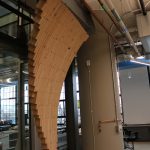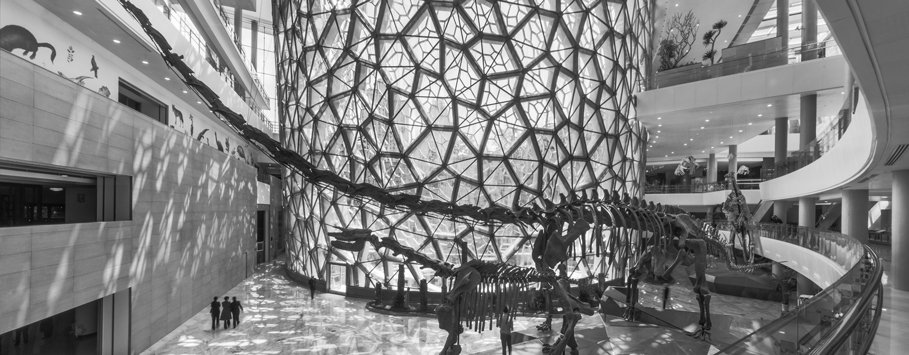
A “design process” includes many steps needed to design and construct a built environment. This includes everything from initial data-mining and schematic design all the way through to construction and post-occupancy evaluation. As built environments become more complex, building performance demands increase, and work schedules compress, project teams need to be more effective and efficient at every stage of this process.

This article discusses the importance of perception of spaces, and involvement with spaces during the design process. Over the last decade, mapping the relationship of architectural spaces to human experience has become popular as a successful design methodology. The beginning phase of the design process is characterized by perceptual integrity; unfortunately, this integrity often fades... Read more »
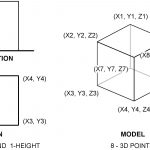
The application of general information theory to pragmatic problems within the architecture, engineering, construction, owner and operator (AECOO) industry is explored in this article. Some basic principles about the nature of information and how it provides value are defined and applied to current issues in the use of building information modeling (BIM) and integrated project... Read more »
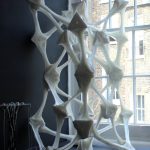
Driven by a bottom-up architectural approach to integrate phase changing materials and digital fabrication tools, such as industrial robotic arms, this article presents a novel materially generated fabrication process. The process 3D prints and stretches plastics, where the extruding and freezing temperatures, pulling speeds and angles are controlled through highly customized heads mounted on robots.... Read more »
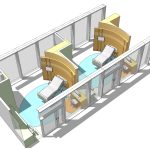
Our healthcare market sector is large and widespread across the firm. If there was a way to quantify the experience and expertise we have between our offices, it would be a very significant and impressive figure. Over the years we have demonstrated to ourselves the strength in our “collective collaboration” between our offices and have... Read more »

Building performance monitoring has a great potential to reduce energy usage through improved operation and maintenance. Enhanced functioning, lower energy costs, better indoor air quality and overall design satisfaction are some of the key benefits. However, in order to achieve these goals, successful transfer of design intent is required through all stages of design process... Read more »

This article examines the use of “event planning” for the determination of the functional and physical requirements of the new emergency department for Halifax Medical Center. Based on clinical processes, functional and operational goals of the project were established and projected workload, practice trends and strategic directives of the institution were developed. The method for conducting this... Read more »
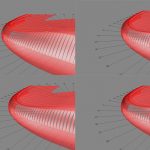
Computation in architectural design, specifically algorithmic/generative design, is a byproduct of advances in software development that have enhanced the digital tools available for explorations in all design disciplines. It is also quickly becoming a sub-discipline with a broad inter-disciplinary range. Currently, computational design methods have extended design and analytical capabilities in software tools available to... Read more »
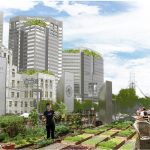
This article proposes a new urban ecological paradigm that values urban wastewater as a renewable, reliable, freshwater resource for urban farming. The potential benefits of time-tested solutions applied in urban settings have been largely unexplored due to lack of societal acceptance. The research presented herein investigates various aspects of closed-loop systems that localize wastewater treatment... Read more »
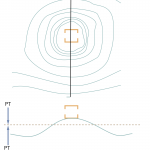
The operation and construction of buildings account for almost half of the energy use in the United States. To meet global climate change targets, energy consumption of buildings in the long term must be reduced as well as carbon dioxide emissions. This article explores a theoretical building envelope that generates energy and produces water by... Read more »
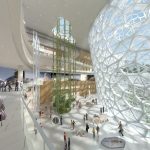
The “Cell Wall” is the iconic feature of the Shanghai Nature Museum and the main design feature from the initial competition phase. It is comprised of three layers, each with its own unique geometrical pattern and organic form, organized in an elliptical cone shape envelope of the atrium. At the core is the main layer,... Read more »

